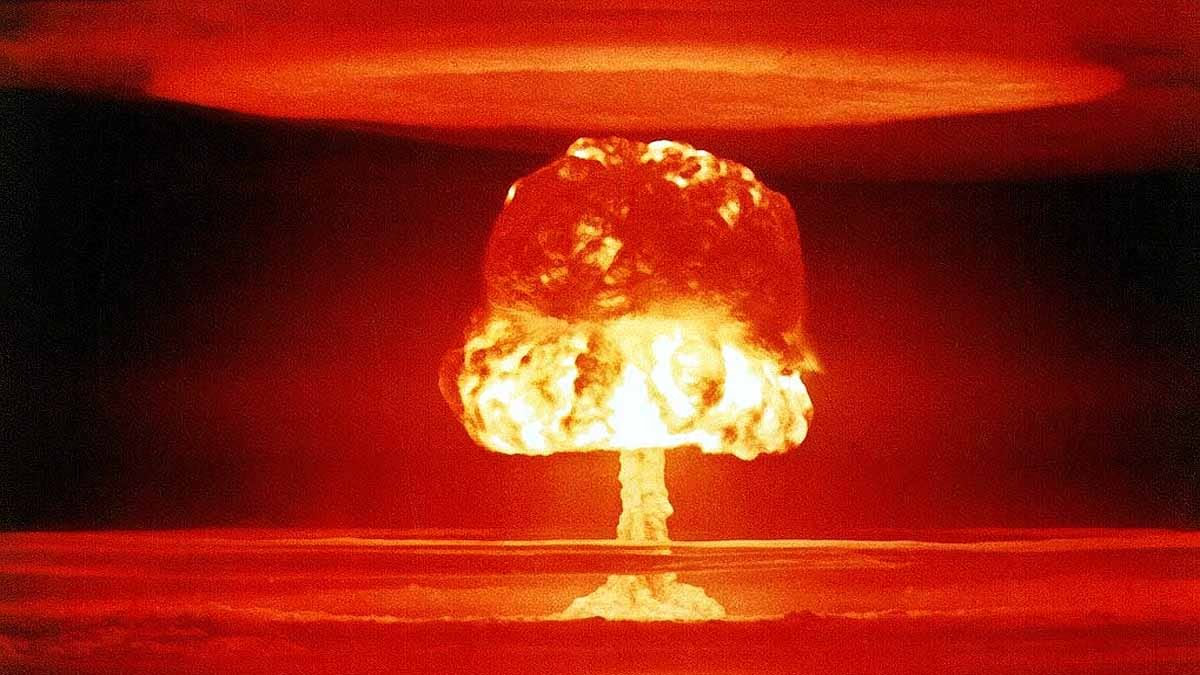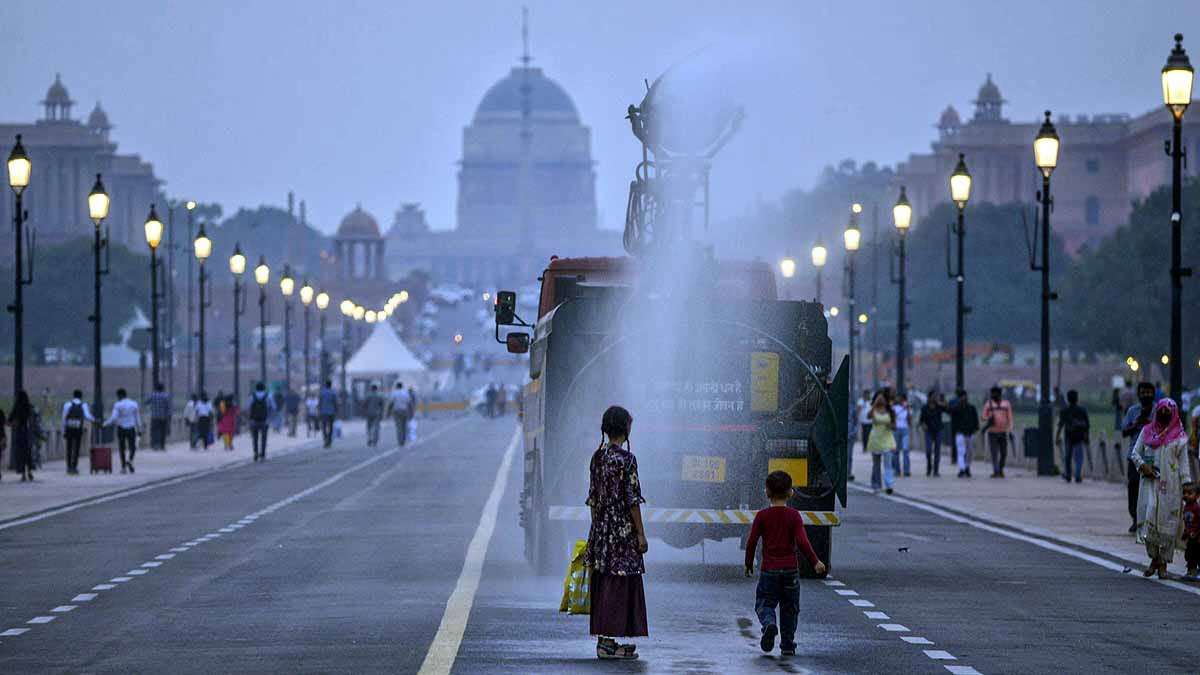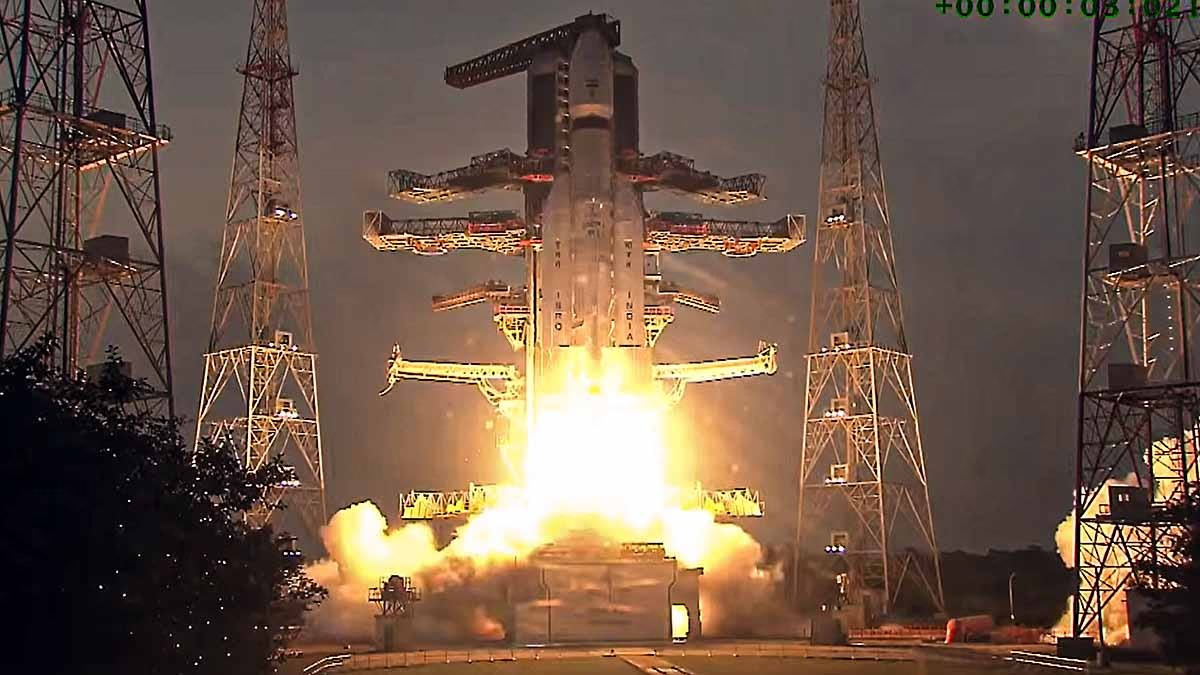Recently, U.S. President Donald Trump made a startling claim during an interview. He stated that Pakistan, Russia, China, and North Korea are covertly conducting nuclear tests. This assertion led him to order the U.S. to restart nuclear testing after 33 years. Trump hinted directly at Pakistan, alleging it is testing nuclear weapons under a shroud of secrecy. This raises the stakes in the global arms race. But the question remains—what exactly does nuclear test preparation entail?
Nuclear testing involves detonating a nuclear device to evaluate its power, design, and impact. These tests are usually underground to conceal the blast and minimize environmental harm. The last known tests Pakistan conducted were in 1998 in the Chagai Hills. Since then, it has been under suspicion of secret tests. Trump's implication nods towards these activities—could Pakistan be resuming such tests?
Read More:
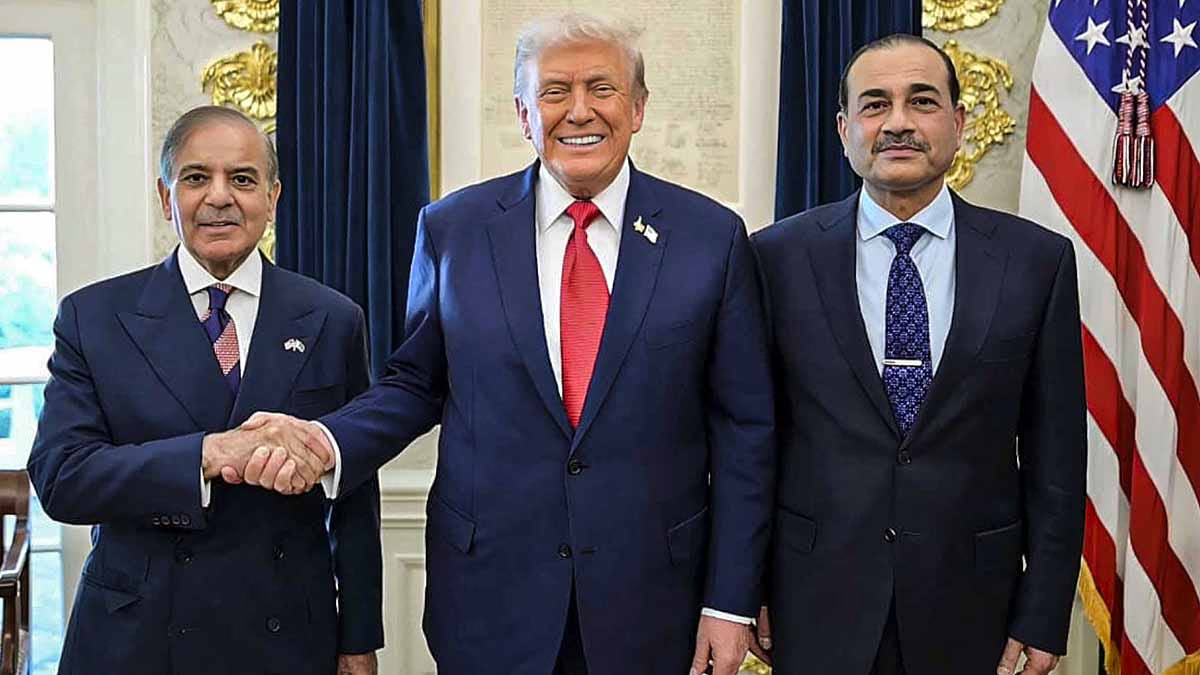
Source: aajtak
Conducting a nuclear test is no simple feat. It requires a blend of scientific, technical, logistical, and political preparations. Even for a country with modest capabilities, this process can span months to years.
Design Construction:
Scientists are tasked with crafting a new model of the bomb. This involves computer simulations to check explosion speed, energy yield, and radioactivity. Pakistan's facilities like Khan Research Laboratories (KRL) and National Defense Complex (NDC) employ 500-1,000 scientists for such purposes.
Material Acquisition:
Enriching uranium or plutonium is crucial. Pakistan operates a covert uranium enrichment plant in Kahuta. Trump's claims stress Pakistan's secret activities in this domain.
Fabricating Test Devices:
The bomb must be miniaturized and secured. This requires installing electronics, triggering systems, and fuses.
Read More:
Selecting a Test Site:
Pakistan uses terrains like Chagai or Kirthar mountains. Here, deep shafts (500-1,000 meters) are dug—difficult to keep secret despite heavy machinery use.
Setting up Equipment:
Installation of seismographs, radiation detectors, and cameras is essential for data collection. Countries like the U.S. or Israel monitor via satellites, making secrecy challenging.
Ensuring Safety and Evacuation:
Area clearance and military deployment are necessary. Protective gear is required to mitigate radiation exposure.
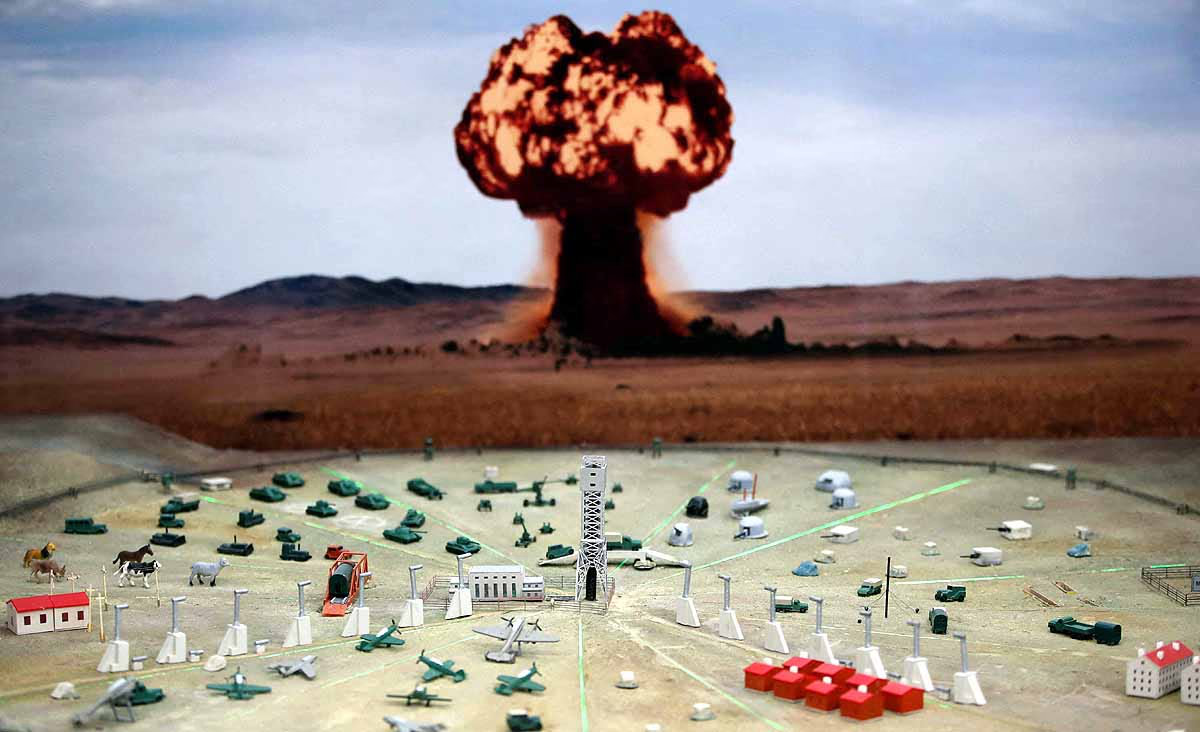
Source: aajtak
Maintaining Secrecy:
Efforts include disseminating false seismic data or concealing test sites. However, global scrutiny under the CTBT persists. Despite Pakistan not signing the CTBT, consequences like sanctions are possible.
Garnering Support:
Technologies from allies like China or North Korea are often borrowed. Pakistan has historically received assistance from China.
Trump accuses Pakistan of secretive testing, suggesting a rationale for U.S. test resumption. This appears to fuel the arms race. Yet, experts opine if Pakistan conducts tests, they might mirror those of 1998. But, in today's satellite tech-dominated era, concealment is far tougher.
Pakistan already holds an arsenal of 170 nuclear weapons. Should new designs require testing, a period of 6-18 months is expected. Maintenance sub-critical tests, however, can be conducted within weeks. Trump's assertions lean towards activities in regions like Balochistan or Khyber, slated for 2025; though substantial proof lacks, pointing to a strategic political maneuver.
Read More:
Environmental Impact: Radiation risks cancer and congenital disabilities. Thousands suffered post-1998 Pakistani tests.
International Repercussions: Nations like the U.S. and India might impose sanctions, harming Pakistan's economy.
Regional Dynamics: Could compel India to conduct tests, bolstering the arms competition.
Trump's Agenda: Positioning the U.S. as strong, but experts warn of a Cold War-like arms race risk.
Nuclear testing demands a comprehensive array of scientific and clandestine preparations. Pakistan possesses these capabilities, yet Trump's implication is perhaps a pressure tactic. Should Pakistan proceed with tests, it may prove detrimental.
